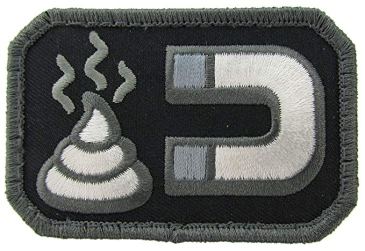
Are you a shit magnet? Warn your colleagues with a handy patch available from online retailers.
Just about every police officer I have ever worked with shares the same small superstition. During the shift, no one dares to say the word ‘quiet’. The sentence – “Wow, we’re having a really quiet shift” – or variations thereof, is strictly forbidden. If you do say the Q-word, and you then get called to anything more serious than a shoplifter, you are immediately given the blame. And you will be reminded of it throughout the rest of the shift plus named and shamed to anyone who asks how your shift is going.
It is acceptable to say it five minutes out from the end of your shift when the next crew is kitted up and ready to go. You can have a little fun and say it to them then. ‘Yeah, we had a really quiet shift. Hope yours is quiet too.” Then you give a little chuckle and make yourself scarce, because you just infected their shift with the Q-word.
It’s a silly little superstition and there’s actually next to no proof that it is real. More experienced coppers know that the real way to gauge how busy your shift will be is by whether or not you are partnered up with a ‘shit magnet’. A shit magnet is an officer who, through no apparent fault of their own, is always in the middle of the action when the big jobs go down. They will start their shift by warming up with an armed robbery before finishing big with a double murder.
People skulk around in the locker rooms before their shift saying things like – “Do I have to work with [insert officer name here]? S/he’s a real shit magnet, we’re going to get smashed.”
The shit magnet will almost always deny being a shit magnet, but anyone partnered up with them will recognise it and try to bribe the roster clerk so they never work with them again. The only officers keen to work with a shit magnet are generally those with a minimum of service and an overabundance of enthusiasm, who want to ‘experience’ everything the Job has to offer. Every station needs these officers.
I myself am pleased to be an anti-shit-magnet. Through good luck rather than good management, I have a special knack for avoiding the big jobs. The officers on the shift after mine are at risk of it all going pear-shaped, because shit happens daily, just not on my watch. I haven’t managed to identify what makes me teflon-coated but when I do, I shall bottle it and become rich. In the meantime, I’ll make the most of kicking back to watch the big jobs on the local news, rather than seeing them first-hand.
I’ll make the most of my quiet shifts… damn it… I said the Q-word… I only have myself to blame now…
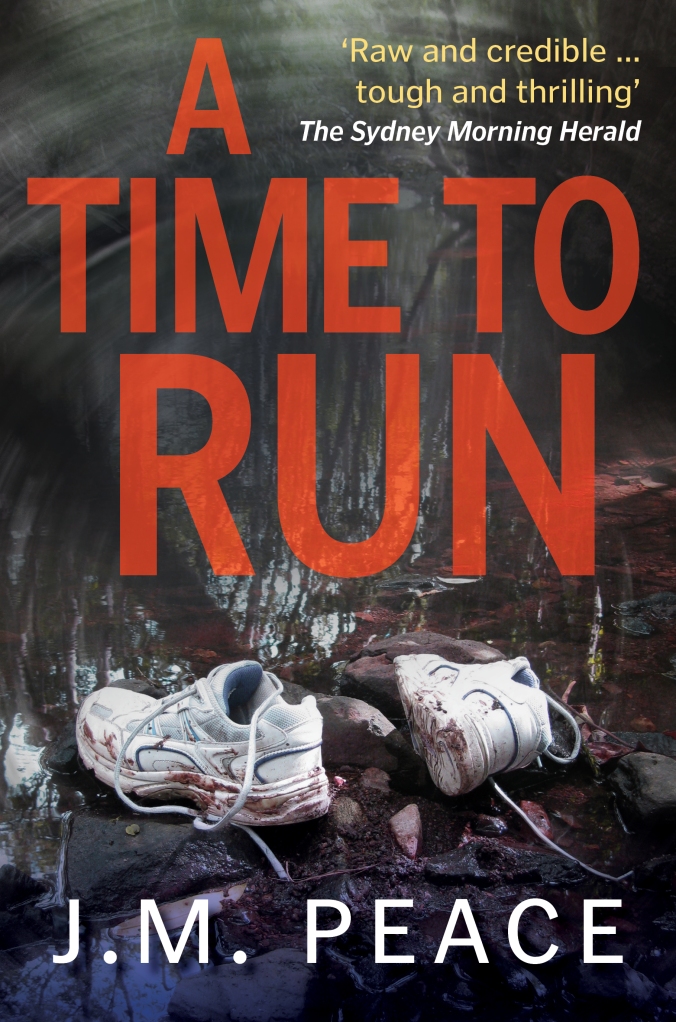
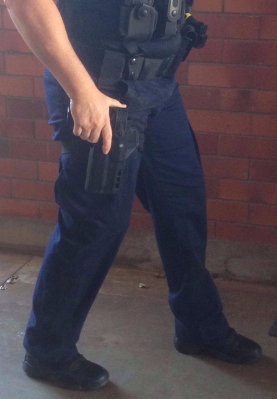
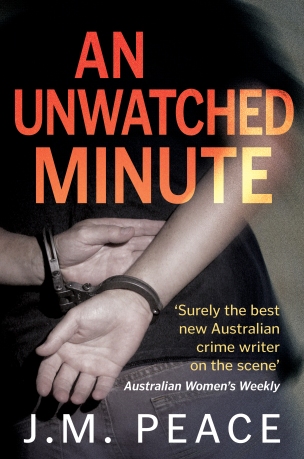
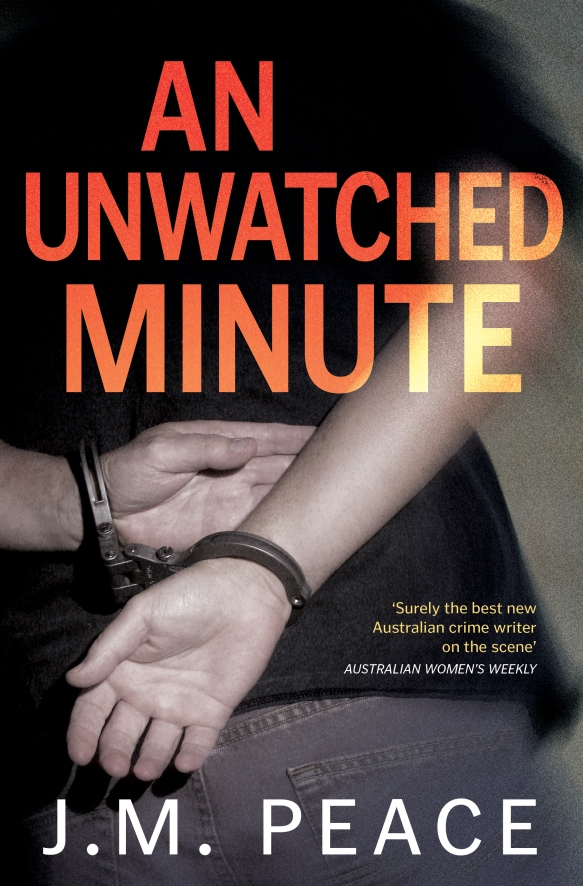
 My son recently came home from school asking to have a look at Instagram. He told me one of his classmates had said he’d put my son’s photo up and he wanted to know if it was true. Neither of us have an account but it’s easy to create one and we quickly found the photo. It appeared innocuous. My son and two of his friends, smiling for the camera, taken after school.
My son recently came home from school asking to have a look at Instagram. He told me one of his classmates had said he’d put my son’s photo up and he wanted to know if it was true. Neither of us have an account but it’s easy to create one and we quickly found the photo. It appeared innocuous. My son and two of his friends, smiling for the camera, taken after school.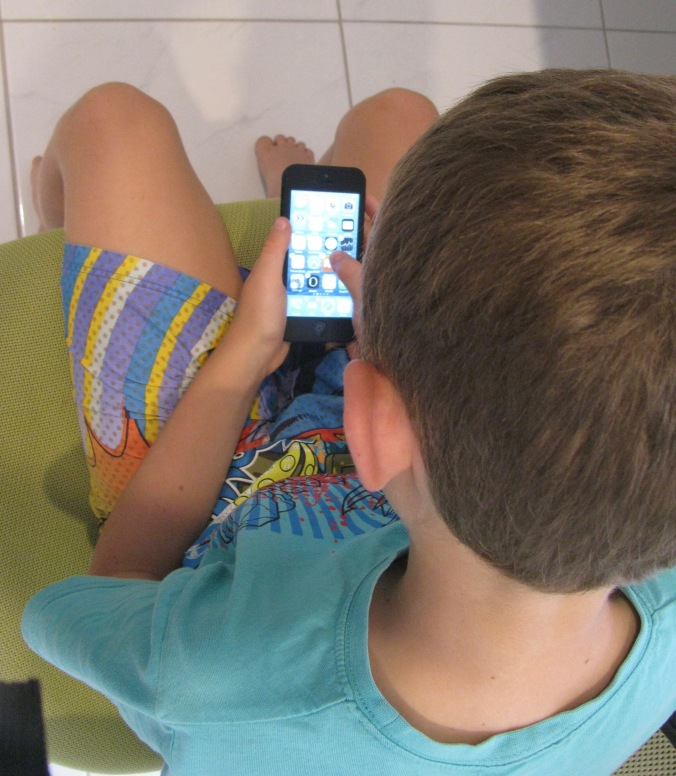 Educate yourself. Educate your children. Don’t pretend the predators aren’t lurking out there.
Educate yourself. Educate your children. Don’t pretend the predators aren’t lurking out there.

